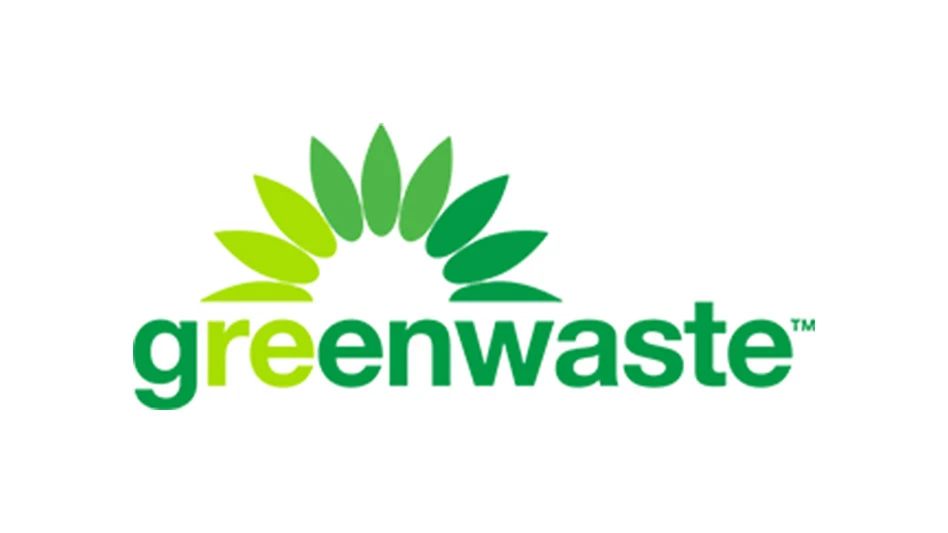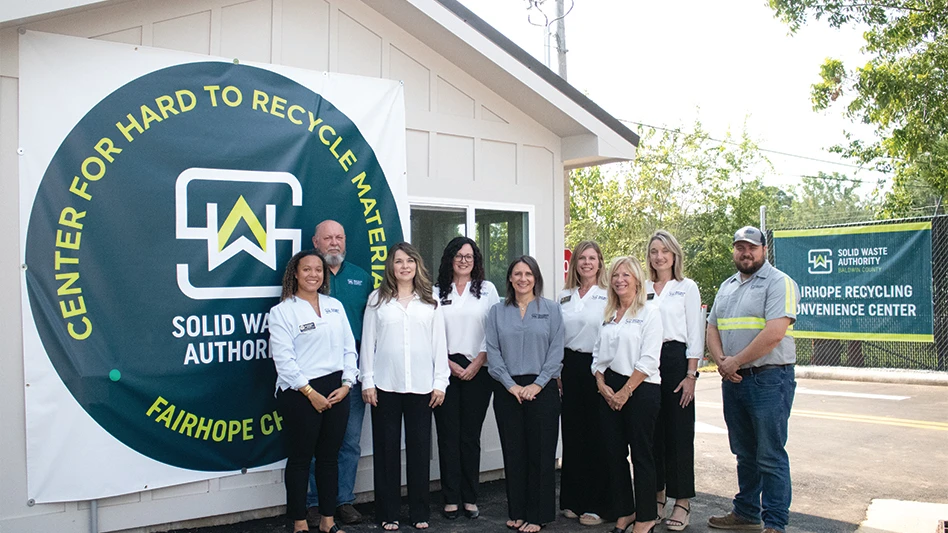Welcome to the second edition of Plastics Recycling magazine. The last edition was launched at the first-ever Re|focus Recycling Summit, and since then SPI has continued the vital work of engaging the entire supply chain to move the needle on plastics recycling.

On the industrial side, plastics companies do a remarkably efficient job of ensuring that very little of their materials is wasted. Some, like the first-ever SPI Zero Net Waste designee, the Minco Group, have found thousands in cost savings by increasing recycling and diverting 88 percent of its total manufacturing waste from the landfill.
But the big target of all efforts to increase recycling is the consumer. Getting users of plastic products and packaging to recycle more and return these materials to their highest and best use is the ultimate goal of a number of initiatives undertaken by SPI. Most recently, SPI participated in the 2015-16 Centralized Study on Availability of Recycling for Beverage Containers. Commissioned by the Sustainable Packaging Coalition, the study identified the prevalence of recycling programs that accept beverage containers, including polyethylene terephthalate (PET) bottles/jugs and jars, aluminum beverage cans, glass beverage bottles and cartons to highlight how widespread recycling is and also to set a baseline for future growth efforts. The findings showed that a majority of the country, 92 percent of the U.S. population, can recycle PET bottles/jugs and jars.
“It’s important to make recycling available to everyone. The more convenient we can make recycling for consumers, the more people will recycle,” says George Southworth, SPI’s director of industry affairs – Rigid Plastics Packaging Group (RPPG) and Pharmaceutical and Medical Device Applications Committee (PMDAC). “This study shows many Americans have the resources they need to recycle, so it’s up to us to keep educating and advocating for more effective recycling.”
The study further breaks down recycling by the type available and finds that 54 percent of U.S. residents have access to automatic/universal curbside recycling of PET bottles/jugs and jars, while the other curbside programs were opt-in, available to 6 percent of the population, and subscription, available to 8 percent of the population. In total, 68 percent of U.S. residents have access to curbside recycling, and an additional 24 percent of U.S. residents have access to drop-off recycling programs only, bringing total recycling availability to 92 percent of the population.
A 92 percent baseline for recycling availability in the U.S. is a great achievement, but to make the most of this availability, the plastics industry must continue to make recycling easier and more profitable throughout the supply chain, from the materials supplier all the way to the end user. We hope the insights and articles contained in this second edition of Plastics Recycling magazine continue to spark the creativity, innovation and, most of all, collaboration that will help our industry move the needle on plastics recycling.

Explore the October 2016 Plastics Recycling Magazine Issue
Check out more from this issue and find your next story to read.
Latest from Recycling Today
- Metals Innovation Initiative announces competition to address problems in Kentucky’s metals industry
- Dow, Mura Technology cancel chemical recycling plant in Germany
- Brightmark, Lewis Salvage partnership processes 1M pounds of medical plastics
- US paper recycling rate, exports down in '24
- Century Aluminum to restart idled production at South Carolina smelter
- Teaching kids the value of recycling
- ELV Select Equipment, Reworld aid NYPD in secure firearm disposal
- Some observers fear plastics treaty talks veering off course







